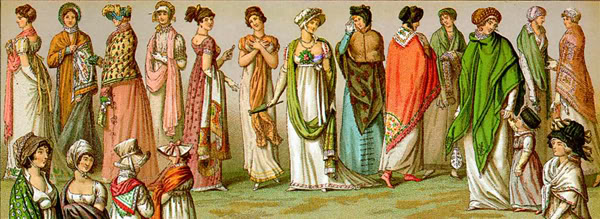#TBRChallenge Reading: I am Malala by Malala Yousafzai
 2015 TBR Reading Challenge
2015 TBR Reading Challenge
Book: I am Malala: The Girl Who Stood Up For Education And Was Shot By The Taliban by Malala Yousafzai
My Categories: nonfiction, memoir
Wendy Crutcher's Category: It's All About The Hype (a book or author that got everybody talking) — My book fits this category
 Guess who won out over Taylor Swift and Peyton Manning for the 2014 Person of the Year award by the Time for Kids magazine (by Time Magazine)? MALALA. I have such hope for the future generation.
Guess who won out over Taylor Swift and Peyton Manning for the 2014 Person of the Year award by the Time for Kids magazine (by Time Magazine)? MALALA. I have such hope for the future generation.
This book is written with joy in the voice of a young girl, despite the horrors, strife, discrimination, and pain detailed within its pages. Malala is such a hopeful person in the face of extremes. And in this past year, she received a Nobel Prize and six A*s and four As in her GCSE examinations. I adore this young person, and I'm in awe of her—as is my daughter who recommended that I read this book.
In her 2013 speech at the United Nations, Malala said, "They thought that the bullets would silence us. But they failed. And then, out of that silence came thousands of voices. [...] Weakness, fear, and hopelessness died. Strength, power, and courage was born." She lays so much emphasis on being the right way, not on being right. Her unwavering focus is on goodness and possibility.
In her interview on The Ellen Show, Ellen tried hard to disrupt Malala's focus and equanimity, but Malala would not sensationalize or get emotional over her attack, display pride in her achievements and all the heads of state she's met, boast over preferential treatment in her family (she's treated the same as her brothers), and so on. She talked about issues in education for children and girls in particular, about all the successes of various people in the world in education, and her thanks to all the people she's met. And through it all, she maintained a sense of quick humor.
In the book I am Malala, I learned a tremendous lot of the history, politics, and emotional landscape of the Swat Valley of Pakistan and of the connections it has—tribal and sentimental—to Afghanistan, all through the eyes of Pashtuns, rather than Americans. The picture is rather different from the one our media regularly feeds us. The book's unsentimental narration that lays blame where it needs to be lain makes the picture starker and more vivid. It shows how and why the region that was completely peaceful before the American invasion of Afghanistan proceeded to get radicalized as the war went on and as the Taliban encroached into the Swat Valley. It shows the ambiguity, culpability, and greed of the Pakistani government. And it shows the cruelty and seductiveness of the Taliban.
Nothing the Taliban has done to outsiders can compare with the horrors they have inflicted (and continue to do so) on their own people, men and women and children. Music, dancing, movies, electronics, and TVs are all banned. Girls cannot go to school. Everyone has to wear traditional clothes only. Women can only wear the burqa (a full-length black gown that covers the head and the face, leaving only the eyes open) when going out of the house and should always be accompanied by a male relative, even when going to the market. In general, women are required to stay home and focus on housekeeping and childcare. Men must grow long hair and facial hair. Boys must wear caps and enroll in religious madraasaa schools. Girls as young as eight must cover their hair. People are killed daily on any pretext. The electric grid get blown up whenever they feel like it. They can barge into your house and destroy it with no reason. The Pakistani military is useless against them, because they have little local support, they're unfamiliar with the tribal areas of the Swat Valley, and many in the military are Taliban sympathizers or get direct benefits.
Despite this political turmoil, this book is also very much about family and friendships and volunteerism and activism and hope. Hope shines throughout this whole book no matter the topic under conversation. The book's about courage when fear is the only overriding emotion, and it's about empathy and caretaking when selfishness would be warranted.
It's a beautifully written book for the images it paints, for the framing of the story in the history, culture, society, and politics of the background, and for the story of the coming of age of the girl Malala. The humor that comes through—like her frequent soliloquies directed at God—shows her indomitable spirit. And it's all told with the immediacy of sitting in conversation in the family room with an unusually poised young girl.
In addition to reading the original adult memoir, I listened to the audio of the young readers' version. It's completely rewritten from the original but also incorporates more personal details and reflections and less of the politics and history. It is narrated by a young, first-generation Afghani reader and the voice and intonation and accent add a depth to that first person point of view of the book. It feels like Malala herself is talking to you and telling you her story. I loved that.

0 comments:
Post a Comment